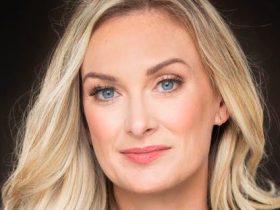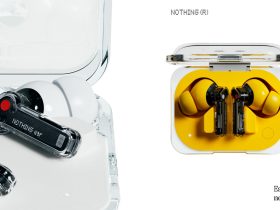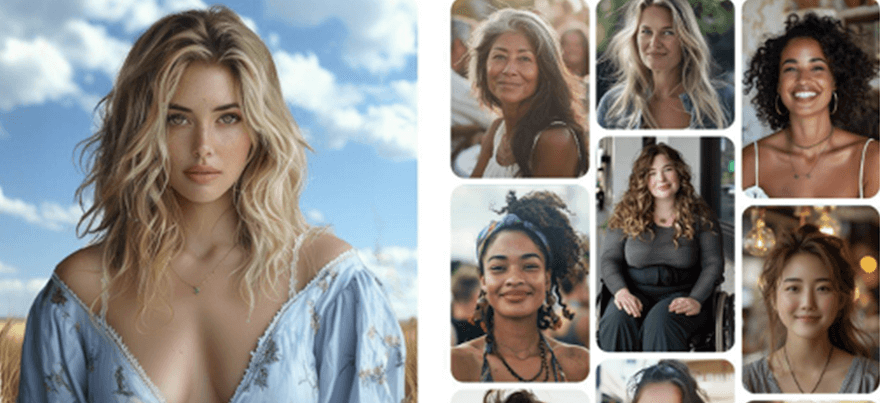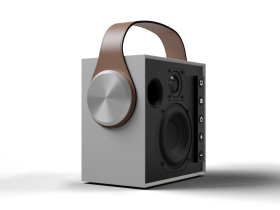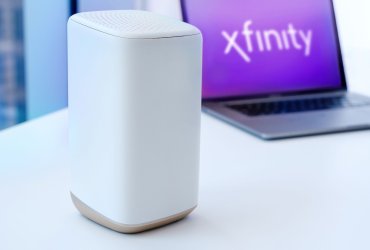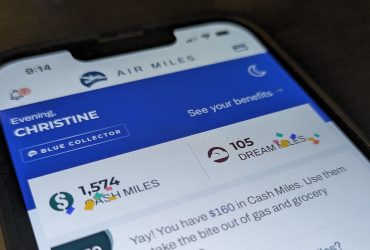What does beauty have to do with tech? That’s the first question I asked when I was invited to celebrate the 20th anniversary of Dove’s Real Beauty campaign in New York City earlier this month. As it turns out, quite a bit. For Dove and its Real Beauty campaign, which has been going strong for 20 years, this milestone marks a renewed commitment that involves the latest threat to the concept of real beauty: the use of generative AI imagery. At the cornerstone of Dove’s strategy is a promise to never use generative AI to depict women and girls in its materials and communications.
The Intersection of Beauty and Tech
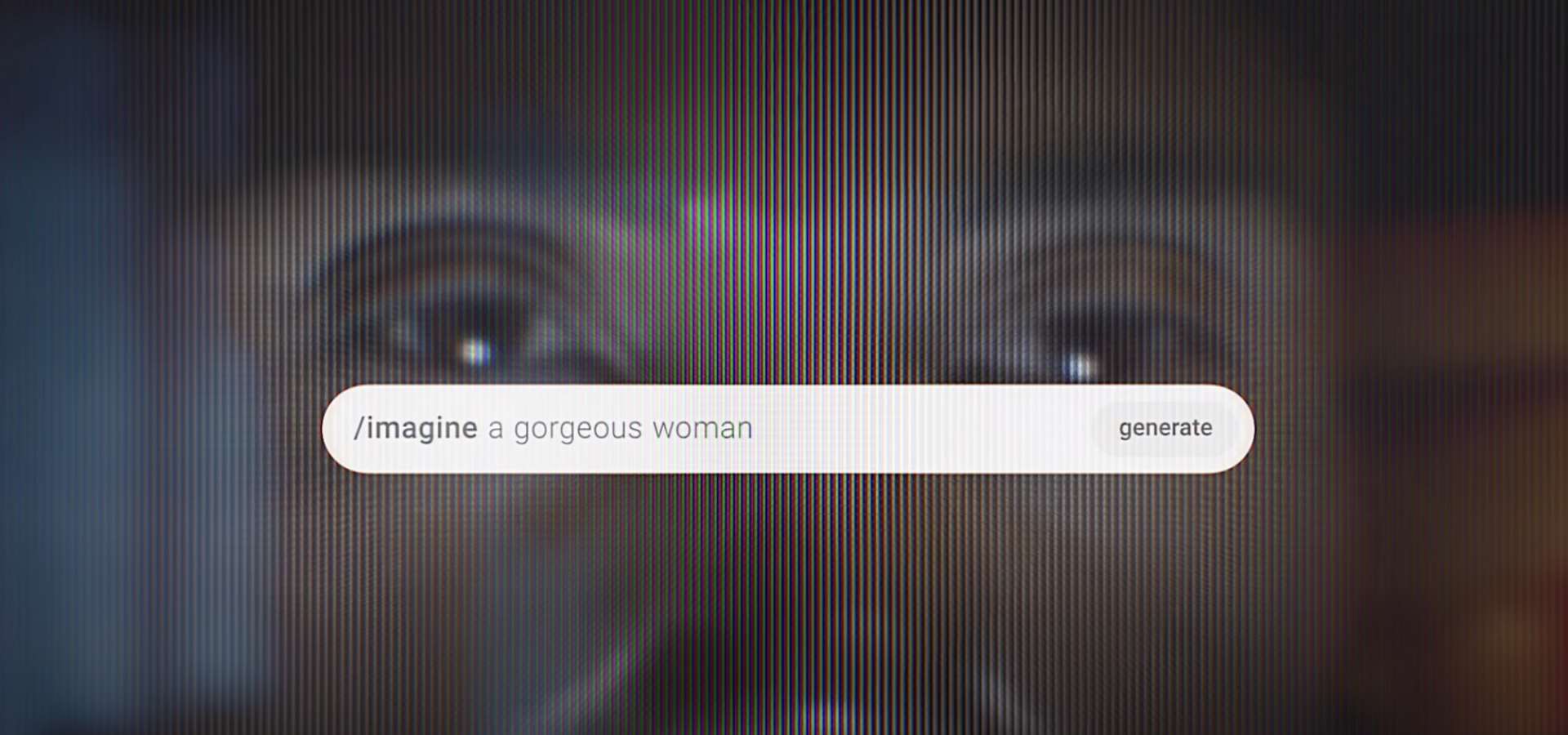
The beauty and tech industries have long intersected. More and more beauty and personal care companies are creating tech-based products, and even exhibiting these innovations at trade shows like CES. This year, L’Oreal became the first beauty company to keynote at the show. Companies like Dyson and Philips offer innovative beauty tech products, from high-tech blow dryers to smart toothbrushes.
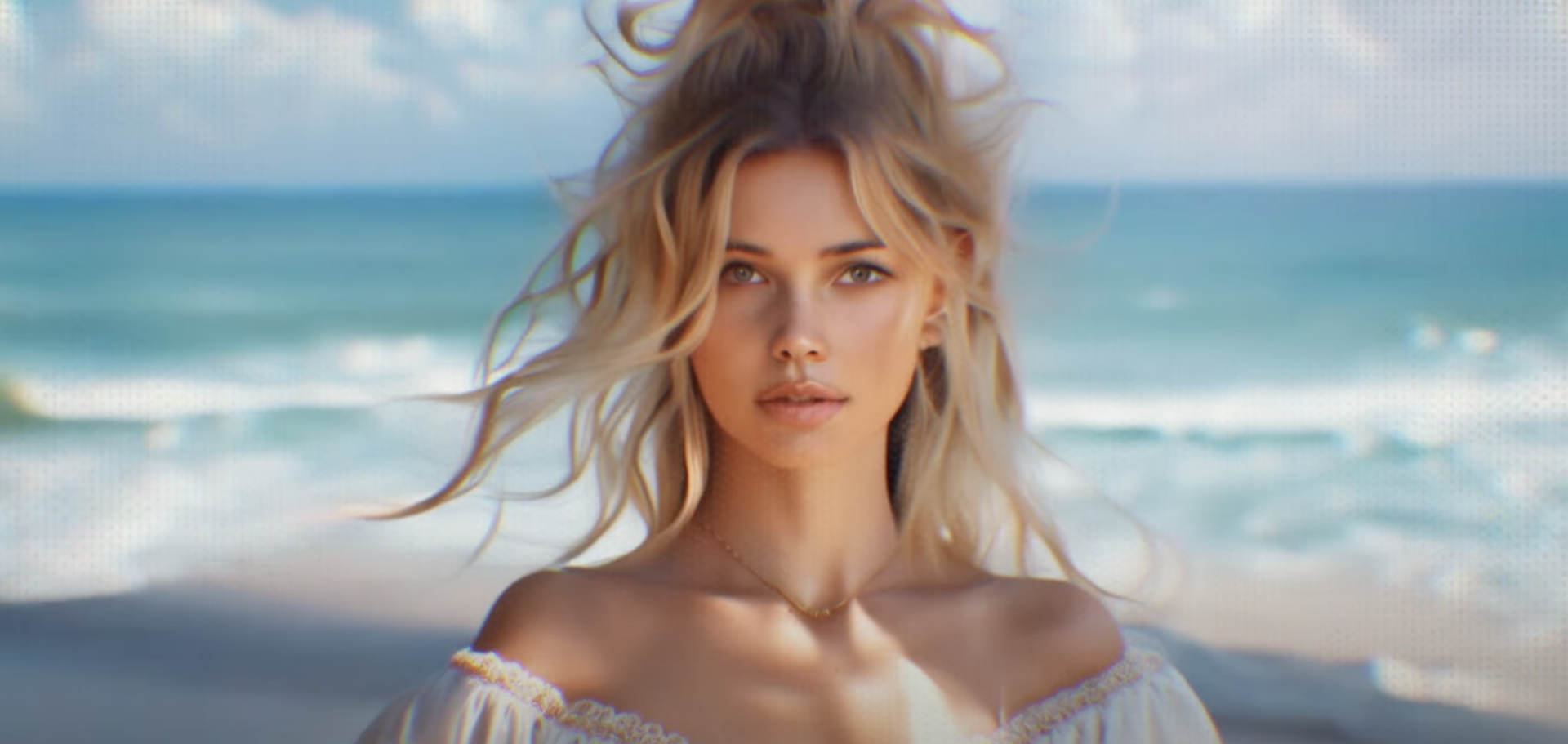
What’s most interesting about Dove is that while its product lines aren’t tech but rather personal care items like body washes, soaps, deodorant, and hair care, the company is working with AI experts to help devise what it calls a Real Beauty Prompt Playbook. The guide is designed to help people get more accurate, representative results when using GenAI tools to create images of things like “beautiful women,” “women with perfect skin,” or “a woman with the perfect body.” This is a crucial step for not only women but also men, particularly those with daughters, wives, partners, siblings, and friends.

Consider that Dove’s Global State of Beauty Report finds that even when women and girls know an image is not only fake but also AI-generated, one-in-three still feel pressure to alter their appearance because of what they see online.
Back in 2004 when Dove started its Real Beauty campaign, only 2% of women globally said they considered themselves to be beautiful. Six years later, the number was still only 4%. Today, Dove’s The Real State of Beauty report found that 42% of women in Canada would give up at least a year of their life to achieve their beauty ideals. What’s more, these ideals are often unattainable, including traits like being slim with a small waist while also being curvy. Generative AI tends to perpetuate these unrealistic perceptions of beauty.
Dove’s stand relating to AI, called the Real Beauty Pledge, is an important one from which other industries can learn. “Dove will continue to stand for real beauty and champion diversity and beauty as the first beauty brand committed to never using AI to replace or distort images of women,” confirmed Kathryn Holl Fernandez, Senior Director, Dove North America, during her opening remarks at the event.
The commitment to depict only “real” women dates back two decades when Dove started using women of all body shapes and sizes, races, ages, and skin colours in its Real Beauty campaign. The campaign was a massive success and has continued ever since. One of the first models to appear in those campaigns, Stacy Nadeau, was on hand at the anniversary event to celebrate the milestone.
To give you an idea of the direction of the ads (though it’s unlikely you haven’t come across them yet!) here’s one of the ads from Dove’s campaigns about a decade ago.
Part of Dove’s new campaign is a powerful short film called The Code, which beautifully encapsulates the biases we face today as a result of generative AI. If you’re a woman yourself, or if you have young daughters, you’ll want to watch and take note of its messaging.
Dove’s Real Beauty Prompt Playbook for Generative AI
At the heart of the Real Beauty Prompt Playbook is to help people learn how to use AI in a way that will yield more realistic and authentic results.
Not surprisingly, if you use a GenAI tool to create images of beautiful women, chances are you’ll see someone young with glowing olive skin, blonde hair, and blue eyes. She’ll likely give a smoldering look, probably wearing a bikini or showing skin in some way.
That’s because AI image generators use datasets compiled from the Internet, which is known to perpetuate biases and stereotypes. In this case, it’s the stereotype of what’s considered beautiful.
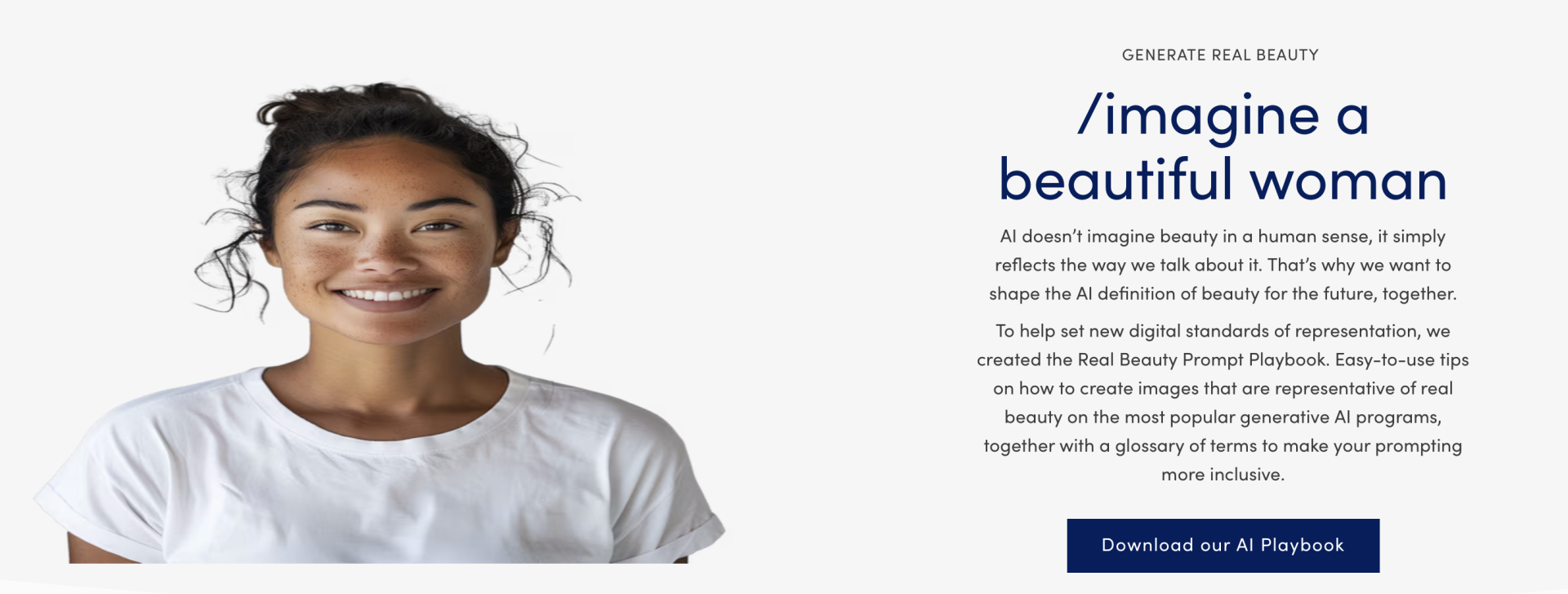
“Representation is more important than ever,” says Dr. Phillippa Diedrichs, Research Psychologist at the Centre of Appearance Research at the University of West England and body image expert. “As AI technology continues to evolve, it is becoming increasingly difficult to distinguish between what is real beauty and what is manufactured by AI.”
How can this change? The short answer is that it can’t. AI gets its information from what’s available online, using algorithms to determine the best answer to a specific query or, in this case, the best image generation to a query. Changing the overall perception of beauty amidst billions – trillions – of pieces of data that already exist is an impossible task. But what we can do is alter the way we use generative AI tools to effectively bypass the biases. This would give AI no choice but to showcase more authentic, representative results.
The guidelines provided in the Dove Real Beauty Prompt Playbook (select the link then scroll down to the download button to open and save it to your computer) could easily be carried over to any industry, not just beauty.
Translating The Dove Real Beauty Prompt Playbook to Other Industries
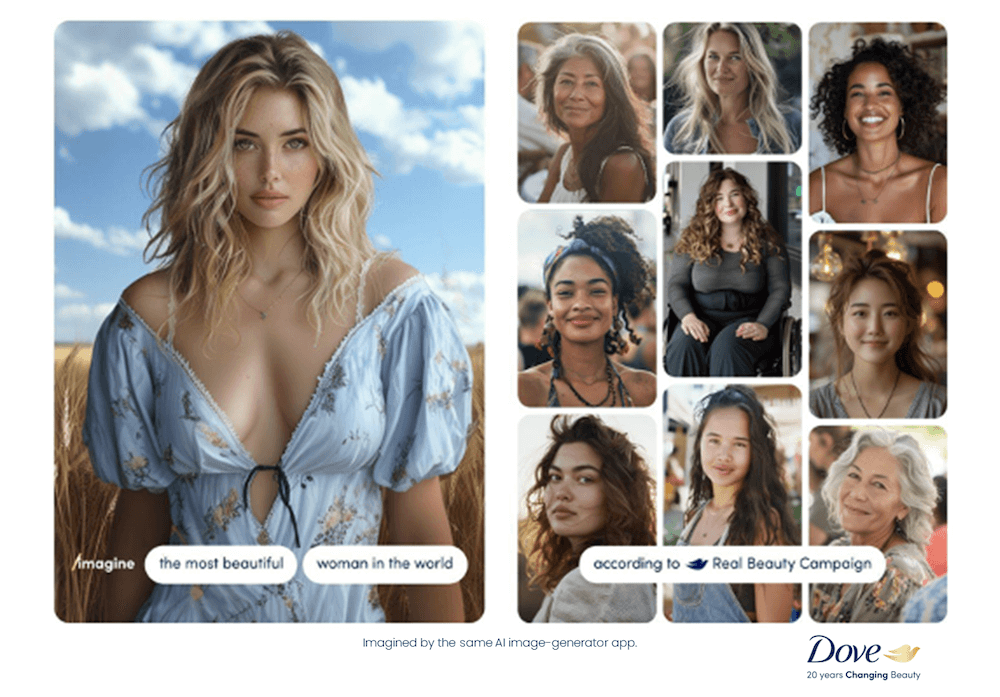
The Real Beauty Prompt Playbook is centered on beauty related searches, but its information can easily be used as guidelines for any type of image generation, whether it’s an image of a typical businessman or father, depiction of a smart child, or a person who loves video games. You could use the same principles when using non-image-related AI tools to help find the right candidates for a job or ideas for storylines in your screenplay.
When it comes to beauty specifically, AI doesn’t know, for example, that you want to see a beautiful Black woman, a stunning woman in her 40s, or someone who is heavier set, has skin imperfections, or is in a wheelchair when you simply ask it to show you what a beautiful woman looks like. You have to tell it that.
The Dove Real Beauty Prompt Playbook is for anyone who might use AI image generation tools the same way they do AI chatbots. This could be a graphic designer, a social media content creator, or even a young girl asking to see images of the perfect body. Yes, moms and dads, along with social media, your tweens and teens are probably using GenAI tools to determine what makes someone attractive or what size they should be, just like we flipped through teen magazines back in the day and gleaned our perception of beauty from those.
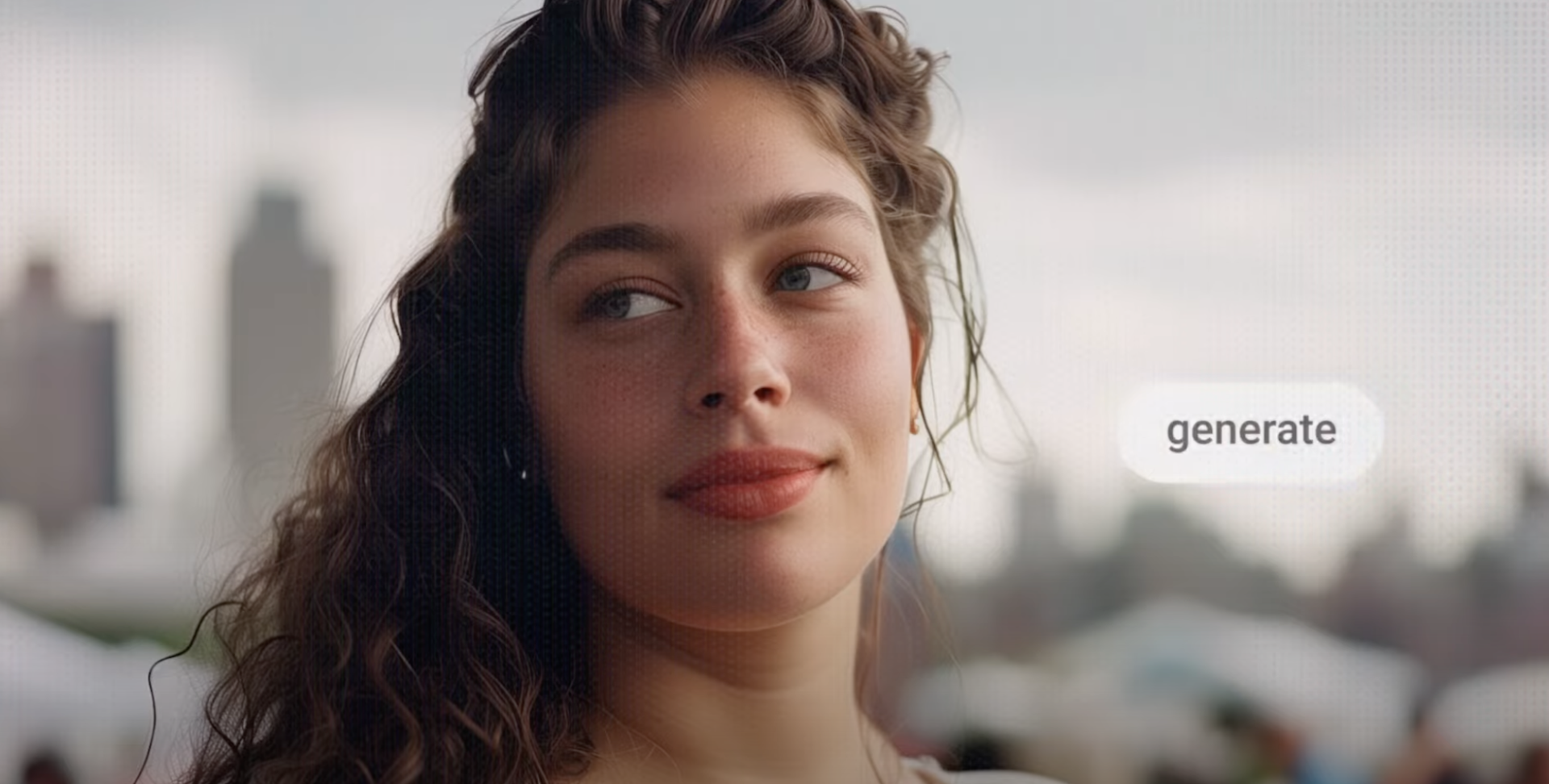
If you ask GenAI to vaguely create a beautiful woman, the AI-generated woman you get will always look the same. The Bulimia Project found in its Scrolling Into Bias: Social Media’s Effect on AI Art report in 2023, cited in Dove’s report, that when searching for images of women using GenAI tools, 37% of the results included women with blonde hair, 30% with brown eyes, and 53% with olive skin.
Search for a nurse and she’ll likely be sexualized, influenced by the stereotypical depictions of a nurse like those scantily clad Halloween costumes. It’s unlikely that if you search for the most beautiful woman in the world, you’ll see a result of a heavier set woman, or if you search for a woman with perfect skin that she’ll have freckles or any complexion but an olive hue.
But with the right prompts, you can change that. Generative AI, as noted, gathers mathematical responses based on datasets. Dove uses popular GenAI tools like Midjourney, Stable Diffusion, and DALL E as examples, the same GenAI tools that most people currently use to create such images. It’s just a matter of using them in a different way.
The Basics of the Dove Real Beauty Playbook for AI
So, what are the tools that the Dove Real Beauty Prompts Playbook provides? The Internet is a vast space of information. More inclusive content does exist. It’s a matter of the human training the AI to find it. Dove breaks this process down to key categories: age, race and ethnicity, gender & gender expression, skin, body, head, and clothing & accessories. The idea is to use simple but descriptive terms to generate the right types of images versus what the Internet says they should be.
Your prompt should include a subject, descriptor, action, location, and potentially a secondary descriptor. Think “create an image of a beautiful middle-aged Asian woman with a heavier body and headscarf wearing a pink T-shirt and sitting in her living room.” It sounds simple enough but if you were to simply prompt “create an image of a beautiful Asian woman,” chances are she would be young, thin, with perfect skin, possibly posing in a suggestive way.”
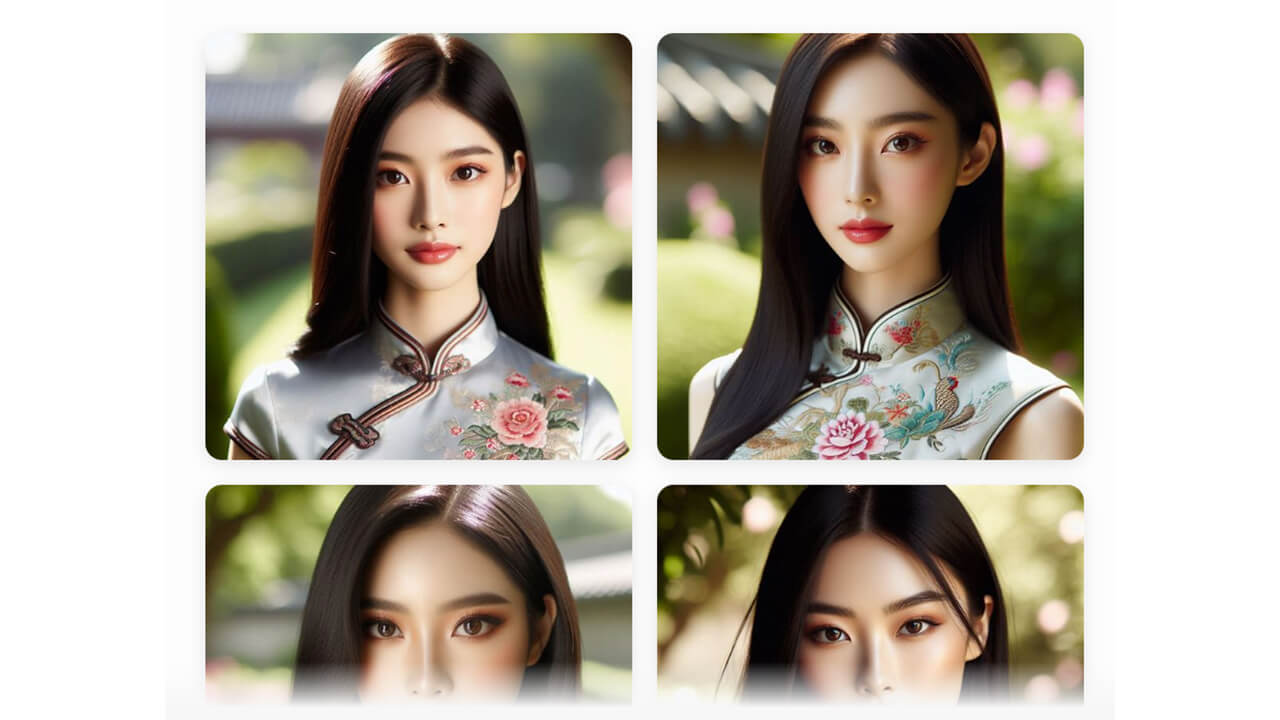
Don’t believe me? To test this theory, I used Microsoft Copilot, which is powered by DALL E, to run this exact image generation request. I received several images of AI-generated Asian women wearing cultural garb with heavy make-up when I used a vague prompt.
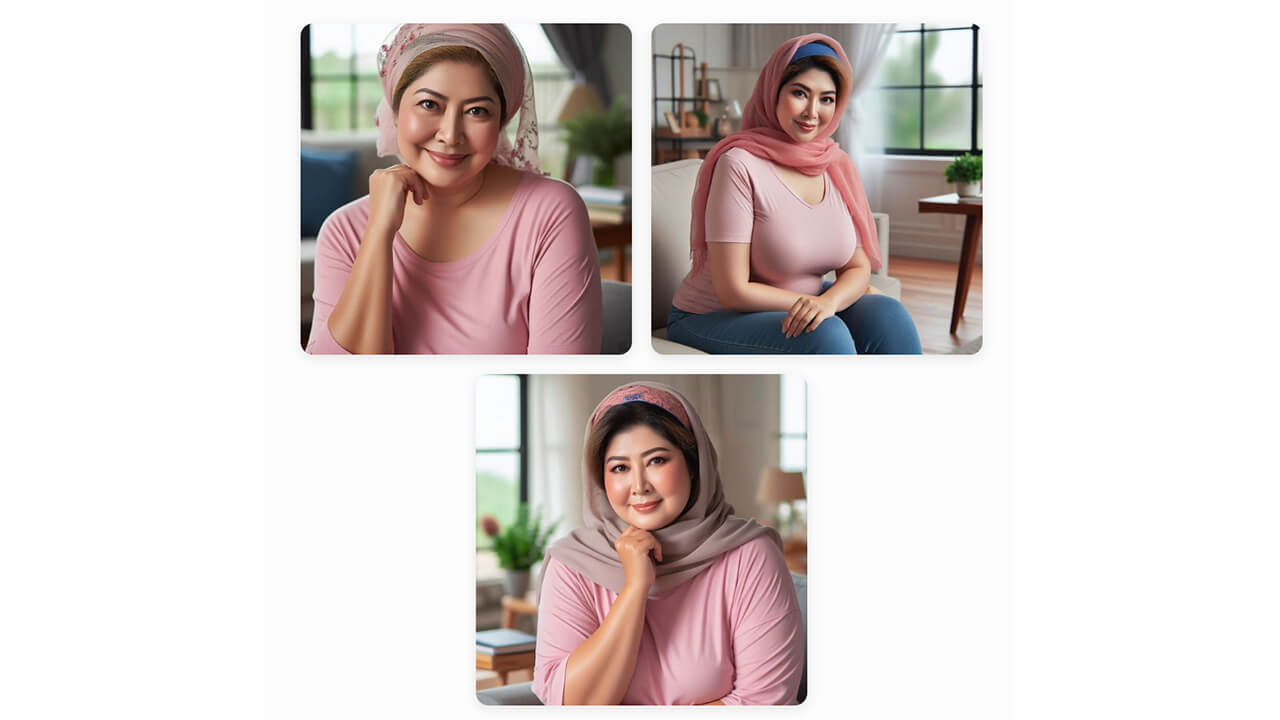
When I tried the more descriptive prompt, I received an image that better reflects a “real” woman. Note that the keyword “beautiful” was still part of the equation.
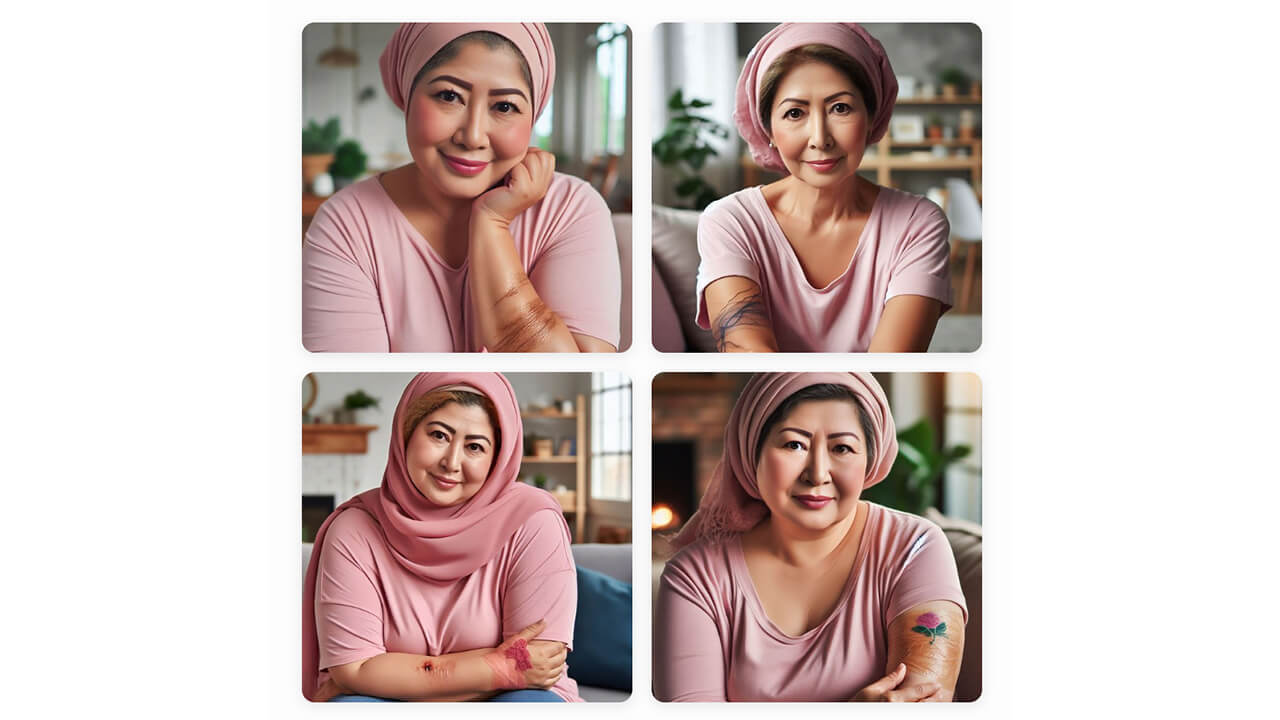
I further refined the prompt by asking to add wrinkles and a scar on her arm and the GenAI delivered exactly that.
It should be noted that these concerns don’t just impact women but men and boys, too. (Along with men and boys, other gender identities and non-binary respondents were also included in the report but are not reported due to limited sample sizes.)
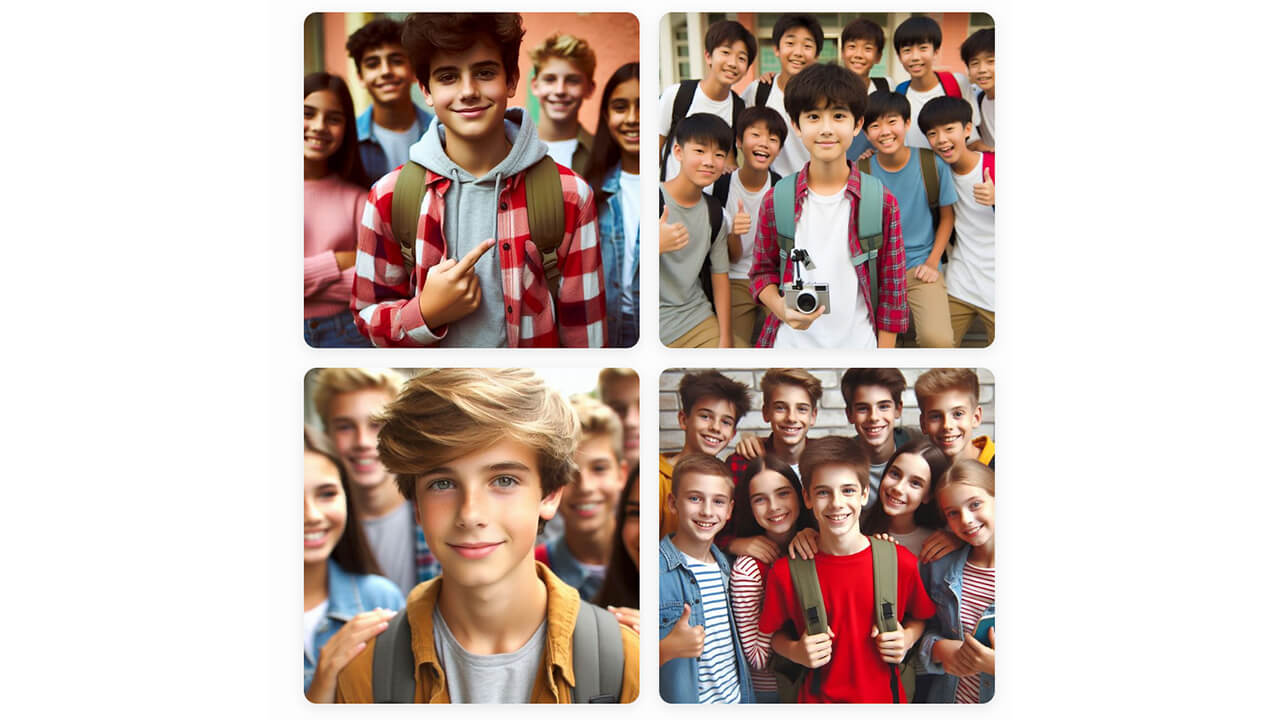
I asked Copilot, for example, to create an image of a popular 12-year-old boy with lots of friends. To its credit, the pictures reflected young boys of different races. But they were all slim and dressed in trendy clothing with perfectly symmetrical features.
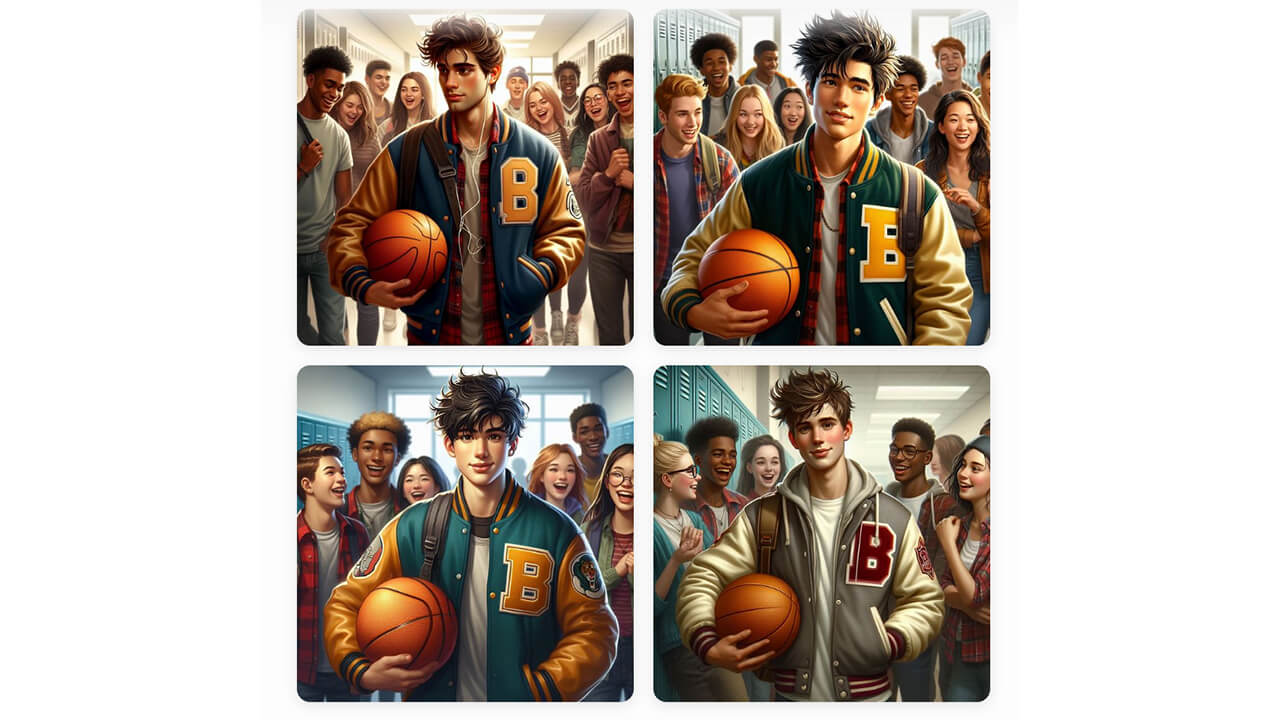
When I asked it to create an image of the most popular boy in school, something young boys might be looking to emulate, he was stereotypically wearing a sports team jacket and holding a basketball, perpetuating stereotypes that to be popular, you must be athletic.
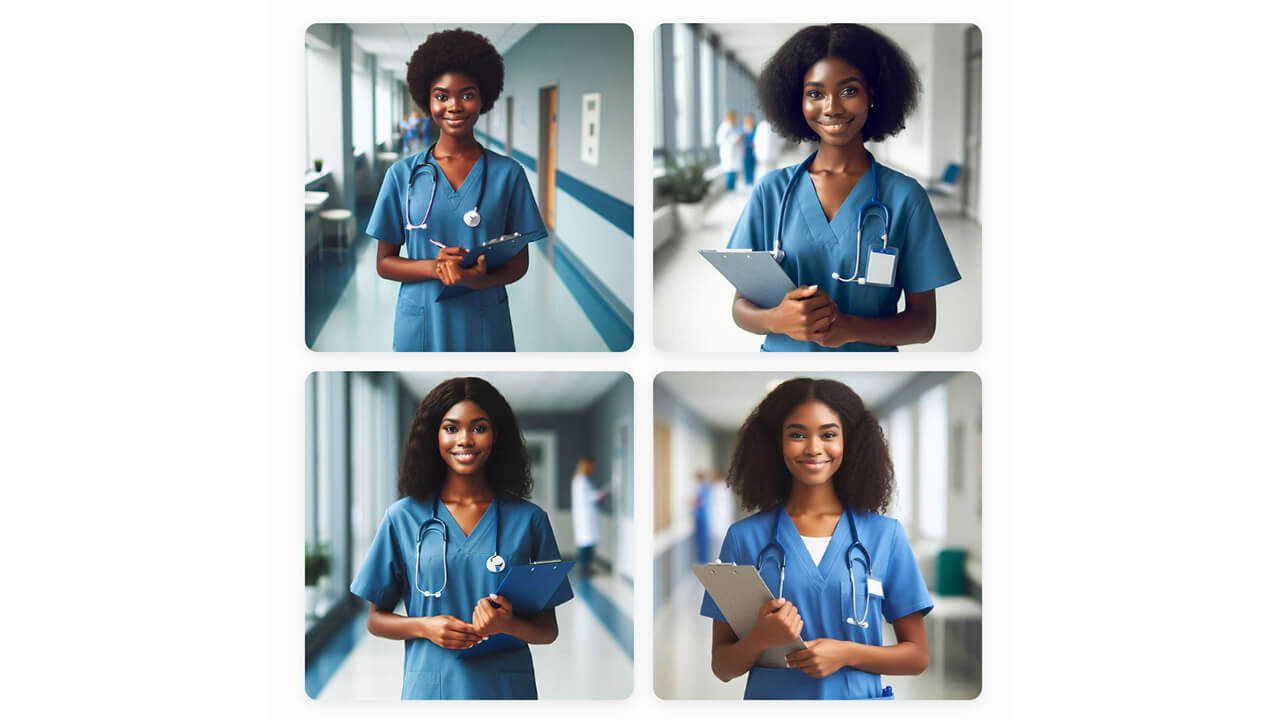
Depending on the GenAI tool you use, there is evidence that we’re moving in the right direction. When I asked Copilot to create an image of a female nurse, I received four photos all depicting young Black women with different types of hair.
Why Is Dove’s Commitment Important to the Tech Space?
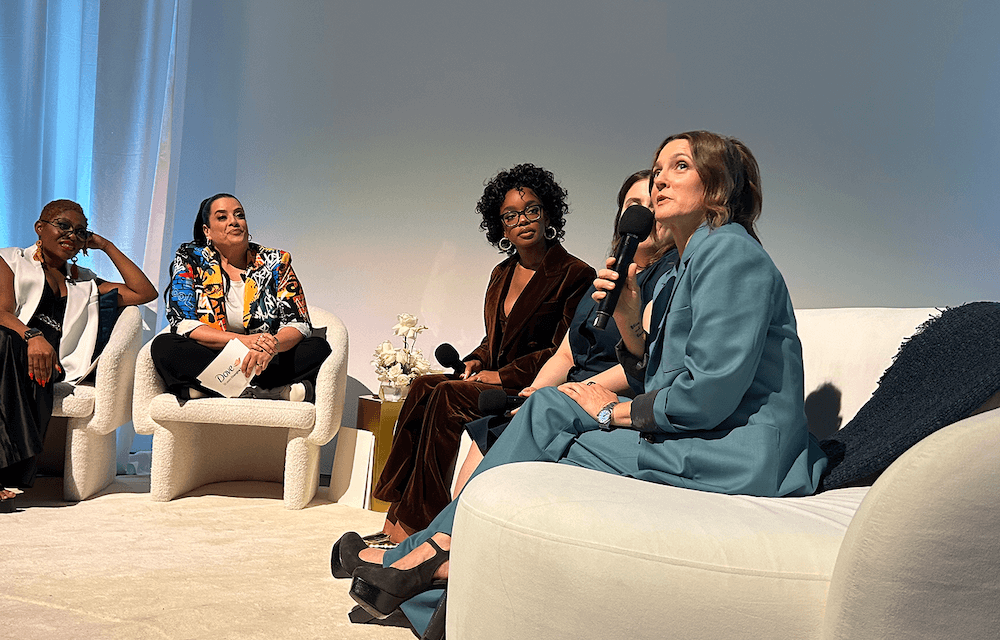
The tech industry is all-too familiar with AI biases, as are other industries, and it has far-reaching consequences beyond beauty. From predictive policing to healthcare that provides data that under-represents women or minority groups, and applicant tracking in virtually any business vertical that uses AI for hiring, AI biases are a battle that needs to be overcome.
Even the gaming space uses biases when creating female avatars: Dove’s report found that 48% of women and 51% of girls feel that the different versions of themselves they can create with AI in video games and VR experiences can have a negative impact on how they view themselves.
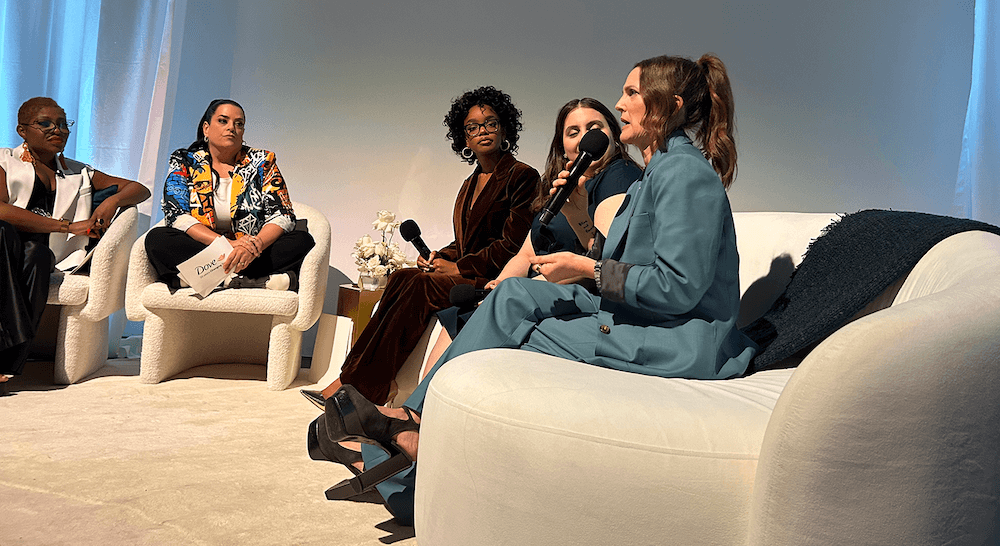
From the perspective of the entertainment space, actor Drew Barrymore was present at the event to talk about her own experiences. After witnessing the “extraordinary efforts” she saw people undergoing to maintain what they thought was the right standard for beauty, she said she had to “submit and become a person who realize that I could never subscribe to it and that I would live a life where I would not be chasing a dragon.”
Barrymore was proud to announce that she has never altered herself. “I haven’t messed with a God damned thing,” she stated, noting that the decision was a reaction to the “toxicity and the pressure, and the invitation to self-loathe all of my youth. I just said I am never going to be a part of that.
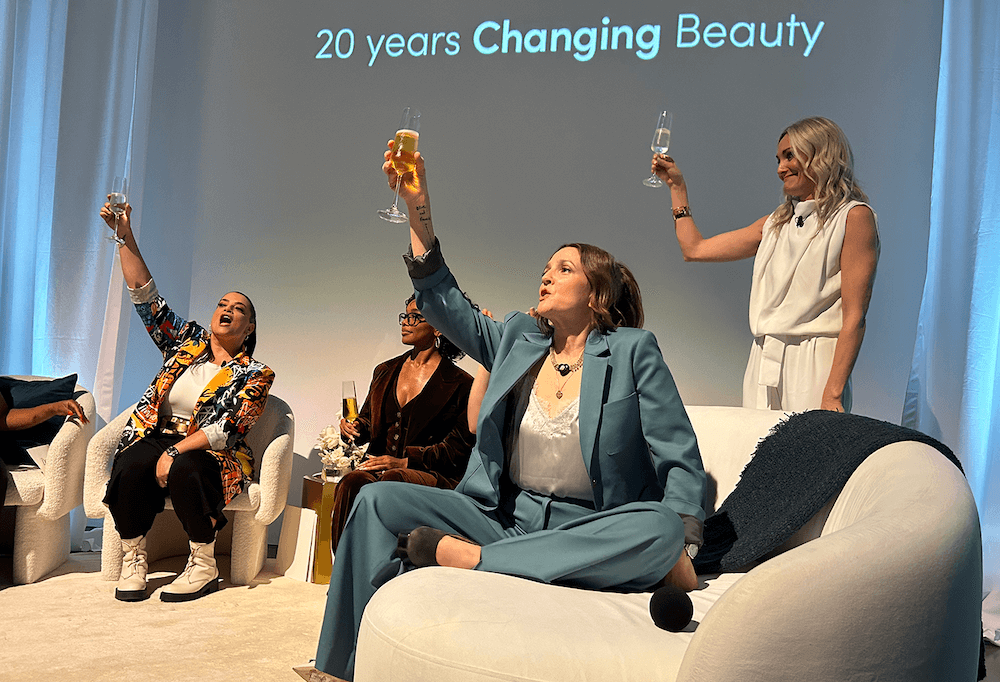
“I had no idea,” added the actor who has been in the business since she was a baby, “that our industry would become a standard norm for every human on the planet.” Decades since the advent of Photoshop, magazine re-touching, and now digital filters, Barrymore points out that we are facing the same demons, but this time, from AI. Speaking about Dove’s position on AI, Barrymore commends the company for its moves to “take on these industries and defy with not anger but with positive solutions.”
What positive solutions could other industries offer as well? A good start would be similar educational tools that teach users how to properly use AI, where the information comes from, how to search for images and answers in a way that would yield more accurate results. And, most importantly, inform about its dangers and inaccuracies.
Is AI The Enemy?
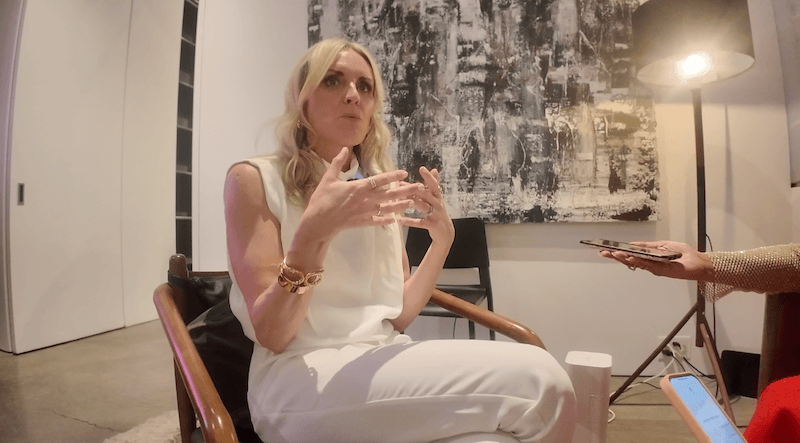
AI is arguably one of the most polarizing new technologies. Most people, and industries, have mixed feelings about it. Like any new technology, it has its advantages. The reality is that AI is here to stay, and it will become more prevalent in the future. The best we can do is educate the population about not only what AI is and what it can do but how to use it. This is precisely what Dove is doing from the beauty side.
AI might be relatively new to the industry, but we have faced similar challenges in the past. Two decades ago, notes Kathryn Holl Fernandez, Global Brand Director of Dove, we were talking about Photoshop in magazines. Now, according to Yahoo Finance, 90% of the content we engage with online by 2025 is expected to be AI-generated in some fashion. “AI has a lot of potential to foster creativity,” she notes, “and there are a lot of great things that are going to come from it. But we know from our research that it’s pressuring women.”
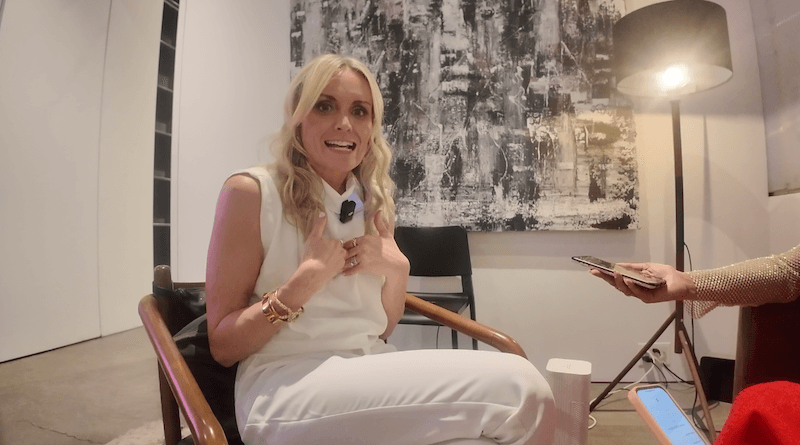
It’s not just about beauty, it’s about taking responsibility. It’s up to humans to do so, whether it’s monitoring what type of content or images your child interacts with, or responsibly sourcing unbiased news from reputable sources. The onus is also in the hands of the companies providing these products and services. Dove is commendably making a concerted effort to be a part of the solution and encourage its customers to perceive things differently. Even if the company doesn’t have the power to change how AI works, it can influence us to use it in ways that aren’t harmful.
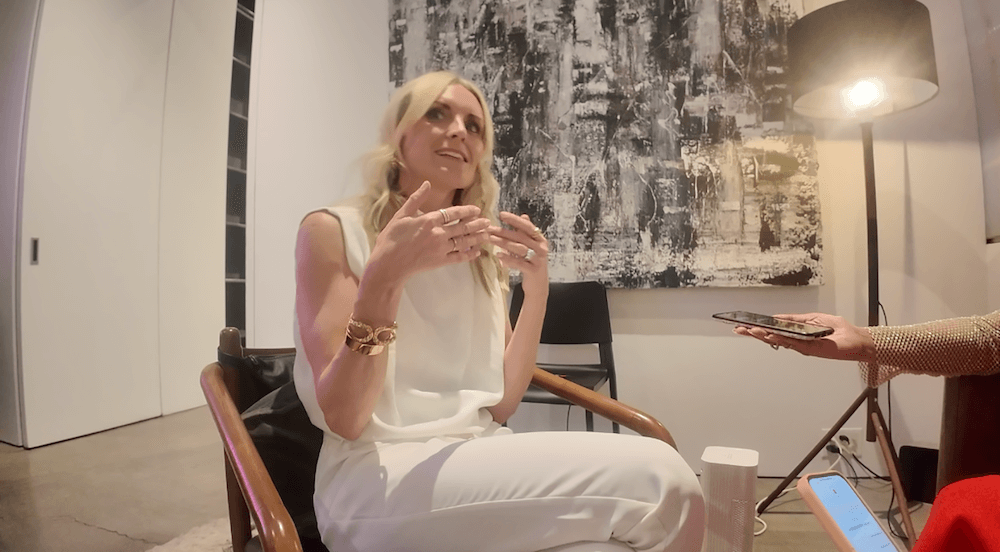
“I think our biggest message,” says Holl Fernandez, “is that we hope the industry doesn’t get lost in not making sure there’s diversity and representation. Everyone really needs to see themselves, and…when you can’t look on social media, TV, or in a movie and see yourself played back, that to me is where we start to get in trouble.
“I hope,” she adds, “that with the embracing of AI, everyone makes sure there’s enough diversity and representation, even if the images aren’t real.
“There is a bias,” she adds with regards to AI. “It’s scientifically proven. We have to do something to ensure that doesn’t become a norm.”



